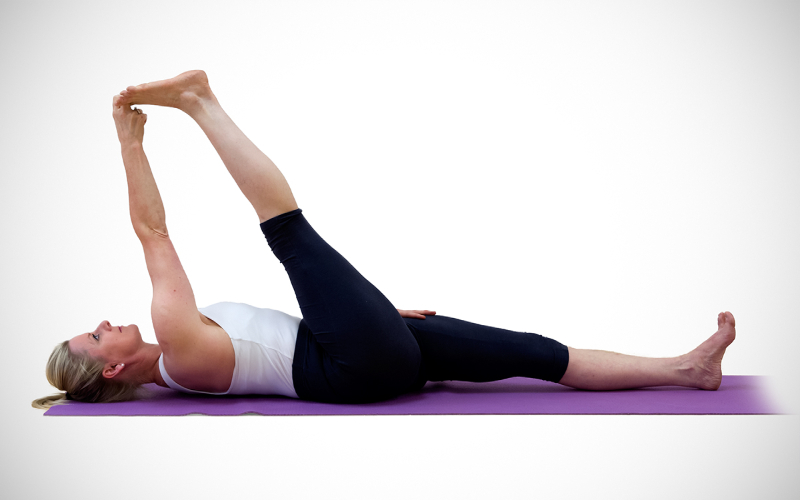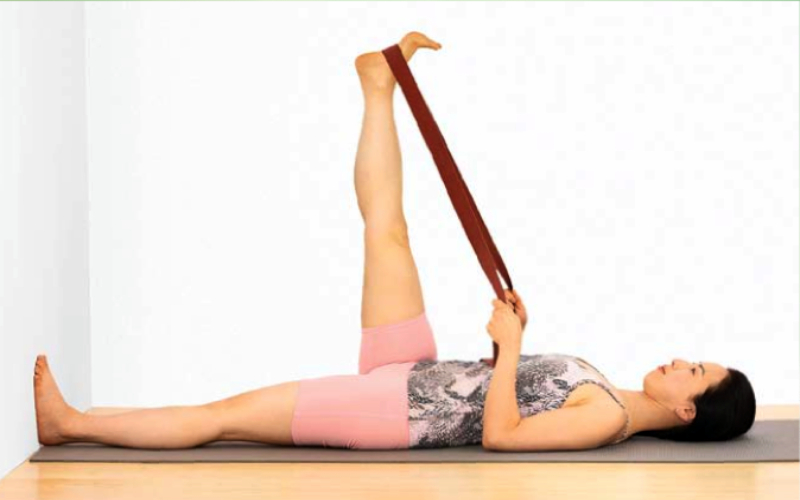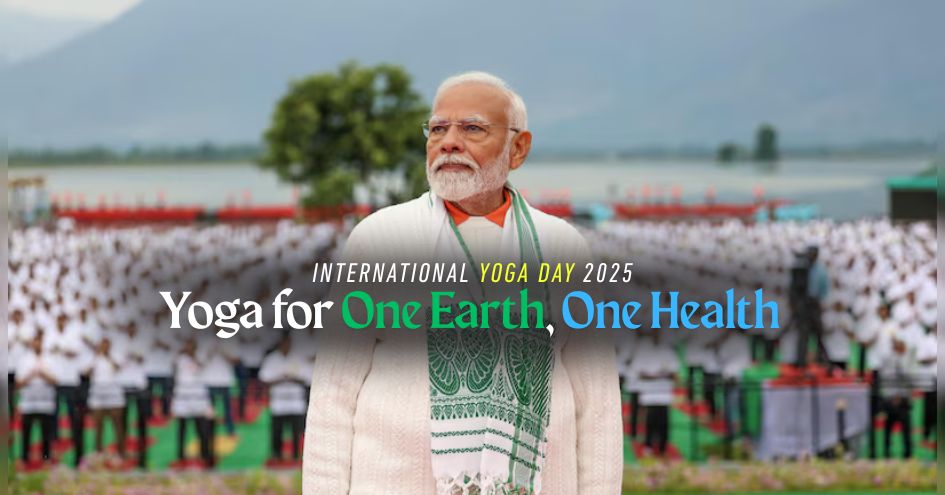
Suptha Padangushtasana
(Lying Back Toe Pose)
Introduction
Yoga is a meditative practice and in order to benefit the most out of it one must practice the Aasanas slowly, under proper guidance, and in a relaxed manner. For the beginners , this pose may appear easy and tend to do it in a fast phase. The fruits of this pose can be gained only through slow and consistent manner of practice. This can be said to be the starting point for a beginner. Eventually, when the participant gains mastery over this pose by extending the time of practicing, this becomes highly challenging.
This Yoga pose, Supta Padangushtasana, can be termed as a valuable preparatory step to further advanced poses. One common observation is that it teaches us how to isolate one body part from the other. It is normally called as the raised leg pose or Utthanapadasana. This posture is practiced one leg at a time, but there is nothing wrong in practicing both the legs together.
The importance of this pose lies in the fact that it works on the Psychic chakra, which is the lowest of all seven, the Mooladhara. It also helps to bring out the vitality in us which will remain blocked before the commencement of practice of this pose.
Method
1. Lie on your back.
2. Draw your feet together.
3. Place your hands along your body, pressing the palms gently on the mat, along your hips.
4. Inhale. Rise your right leg up. Try to hold it so it forms a right angle with the lower leg.
5. Press down the back of left thigh on the mat.
6. Exhale and lower the raised right leg back to the ground.
7. Repeat the same procedures for the left leg.
8. Do the posture thrice for each leg.
9. Breathe normally when holding the leg up, for a long duration.

Things to be aware of
• Those with the lower back problems must avoid double leg raises.
Fine Tuning
1. If on raising one leg, the knee bends, as is likely, do not raise the leg too high. Even if it takes few weeks or months, hold the leg low so far as the knee will remain straight. In case the knees are bent due to stiffness, keep the raised knee low instead of attempting to maintain it at right angle to the floor.
2. Press the lower back on the mat. This develops the core muscles of the stomach and back by involving them.
3. Push the back of the stretched lower leg, especially the back of the knee, on the mat.
4. Keep the raised foot flat, as if pressing against the ceiling.
5. Also, keep the foot of the lower leg flat, as if pressing the imagined wall in front. This will release the tense muscles along the back of the leg.
6. Check your breathing throughout, to ensure that you are not holding your breath.
7. Turn the feet/toes inwards while resting and lifting.
8. Keep the chest out but push the shoulders down to the mat.
9. Engage your stomach while lowering the legs, by pushing down the curve of your lower back on the mat.
10. Keep your knees straight while lowering your legs, otherwise the core muscles are not being utilized.
NEXT ARTICLE

Earlier this year in March, Prime Minister Narendra Modi formally declared "Yoga for One Earth, One Health" as the theme for International Yoga Day 20...